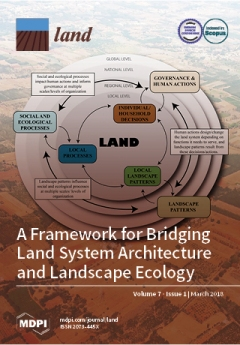Economic Development and Poverty Reduction Strategy 2013-2018.
The Economic Development and Poverty Reduction Strategy (EDPRS) is a five year strategy designed to accelerate the progress already achieved and to shape the country’s development in the future. The document has a multi-sectoral approach and a national coverage, relating to the period from 2013 to 2018. The EDPRS is guided by the revised targets of the Vision 2020 adopted in May 2012 which outlined the clearly the objectives to be achieved as a pre-requisite for rapid growth and poverty reduction.




